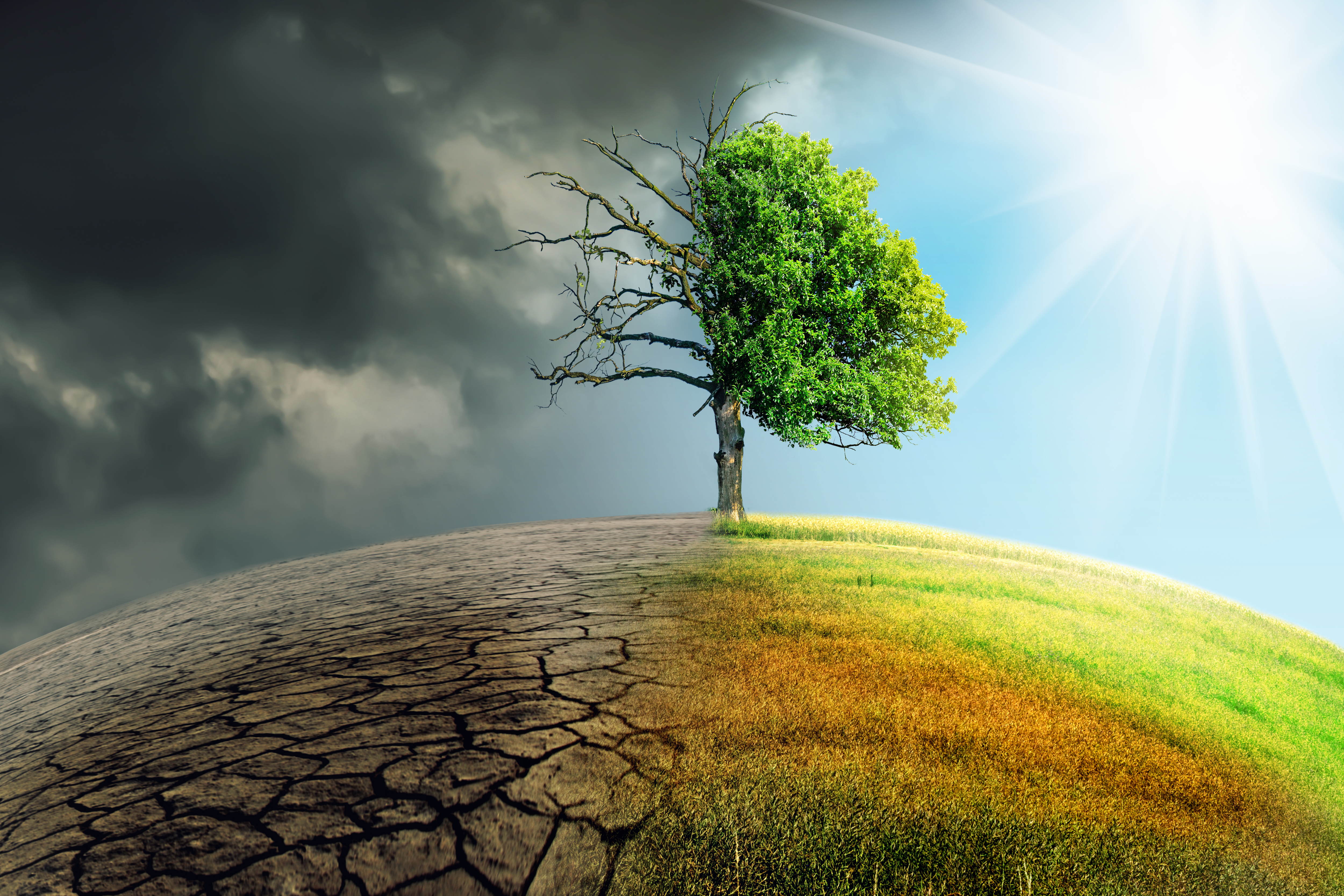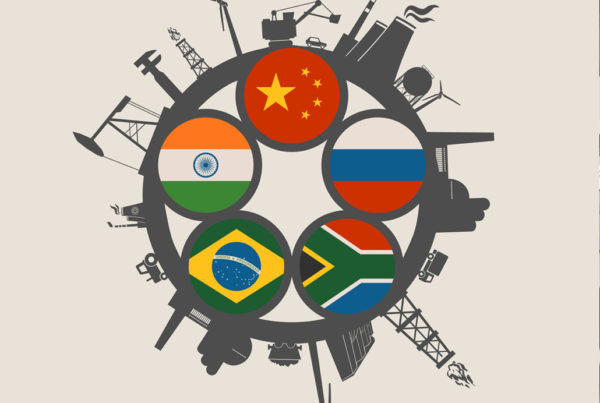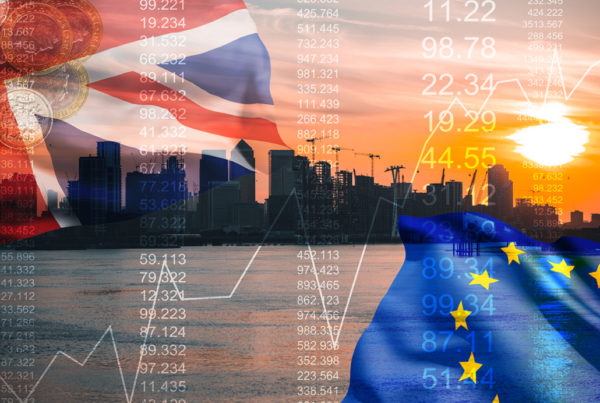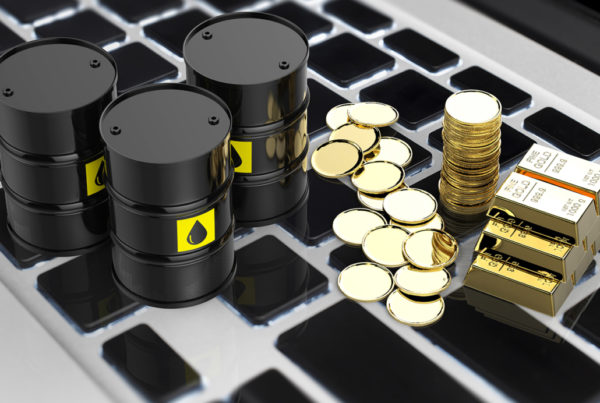The European fine wine market offers several advantages for investors. It’s mature, it’s subject to strict rules on production, such as regional denominations, and each vintage represents a fixed-volume commodity that will never be produced again.
But with climate change becoming an ever more widely accepted reality in the 21st century, the European fine wine market faces an uncertain future.
Will this traditional sector be able to innovate in order to survive, or can we expect to see significant changes to the way we grow, produce and consume wine – not to mention the way we invest in fine wine – in the years to come?
A leading investment option
First, let’s look at the fine wine segment’s recent performance, and as an alternative commodity it has historically performed very well.
While traditional commodities like oil and gold have scored an annual compound growth rate of 4-5% over the past few decades, wine has managed around twice that at 11%.
Europe is the global leading regional producer of wine, with 45% of vineyards located in the EU, producing 65% of the world’s wine each year.
That’s over three million hectares of vines and annual production of around 170 million hectolitres (one hectolitre is equivalent to 100 litres, making annual output of 17 billion litres).
But the waters ahead may be less calm, as climate change creates new growing conditions on the continent that may not be favourable for the traditional grapes used in European wine production.
What is happening now?
Already some of the signs and symptoms are being seen in Europe’s vineyards. Grapes are growing earlier in the year due to the warmer springtime, bringing harvests forwards by several weeks.
That means some vineyards now harvest in September instead of October, while in some parts of France grapes are ripening as much as six weeks earlier than the historic average.
While the shift in time is not in itself a problem, the impact of the changing weather conditions on the taste of the grape is more of a concern for wine producers.
‘Hot grapes’ lead to higher alcohol content and low acidity, with over-ripened fruit that can carry an unpleasant cooked flavour.
Conversely, ‘cold grapes’ don’t fully ripen at all, creating bitter flavours with low sugar levels and high acidity.
Neither is ideal for making wine – and these unwelcome effects will only become more pronounced as global temperatures change more in the decades ahead.
Why Europe may be worst hit
Aside from its position as the most productive wine region in the world, Europe is expected to be among the locations most affected by climate change too.
In as little as half a century, Europe’s average temperatures could rise by as much as 3-5 degrees Celsius, with knock-on effects including rising humidity and a greater prevalence of pests, parasites and the diseases they carry.
Growing seasons could become more volatile too – a word not welcomed by many investors – and one drought or hard frost in a season could spell disaster for that year’s vintage, potentially decreasing the quantity of investment-worthy fine wines in the years to come.
According to a 2014 article in Wine Economics and Policy by Michelle Renee Mozell and Liz Thach of Sonoma State University Wine Business Institute, different parts of the continent could have mixed fortunes.
By 2050, wine production could be all but impossible in France, Greece, Italy and “vast portions of Europe on the Mediterranean coastline”.
However, there is brighter news for England, where the south of the country increasingly resembles the Champagne region, and vintages are steadily improving.
Poor protection for producers
Ironically, the protection put in place for producers in the past could prove to have the opposite effect in the event of significant climate change.
For example, as climate conditions change in regions like Champagne and Bordeaux, the varieties of grapes that can be grown successfully there may also change.
But because of historic protection rules applied in the regions, wine labelled as ‘Champagne’ can only be produced using three specific varieties, while ‘Bordeaux’ must be made from a specific six varieties of red grapes.
This goes beyond just allowing new varieties to bear those labels – it is also linked with traditional views of the heritage of the regions, and the unique interaction between the vines and the soil in which they grow.
And while the English climate is becoming more favourable for wine production, it’s worth remembering that Great Britain is an island with only limited real estate to use for farming grapes.
This is starkly apparent in the production statistics of recent years – according to the International Organisation of Vine and Wine, Europe produced 176.5 million hectolitres of wine in 2016.
Of this, more than 45 million hectolitres was produced in France, compared with just 38,000 hectolitres in the UK, a brutal reminder of the disparity between the two countries’ output.
The future of fine wine production
Vineyard owners are already responding to changing conditions. In the USA, some producers are taking the low-tech approach, using trained birds of prey to cut down on the number of insects attacking their crops.
Other growers are using drones to scan the colour of their crop from above, which in turn allows them to check on moisture levels.
Sustainability is a key issue, and analysts expect vineyards that become more energy efficient to fare better than those that try to make it through the coming few decades without changing their activities or behaviour.
But volatility has always been a hallmark of fine wine production, with each year’s vintage representing a gamble and the very best, most highly desirable wines and vintages only truly emerging over time.
The future of fine wine investment
All of this means that the prospects for fine wine investment are not necessarily pegged to those of production – the value of wine investments has always been boosted by the limited availability of the best vintages.
If fine wines become even scarcer in the years to come, that could not only drive up prices of new vintages, but also add to the value of those from years gone by.
And the coming few years could be the best of all for investors, as it’s likely to take wine producers some time to adapt and potentially even longer for rules like regional denomination controls to be adjusted too.
In the meantime, investors who place their funds wisely might find the volatility in the fine wine market due to climate change is just the opportunity they have been waiting for.
https://www.sciencedirect.com/science/article/pii/S2212977414000222
Disclaimer: The information provided here is not investment, tax or financial advice. You should consult with a licensed professional for advice concerning your specific situation.




